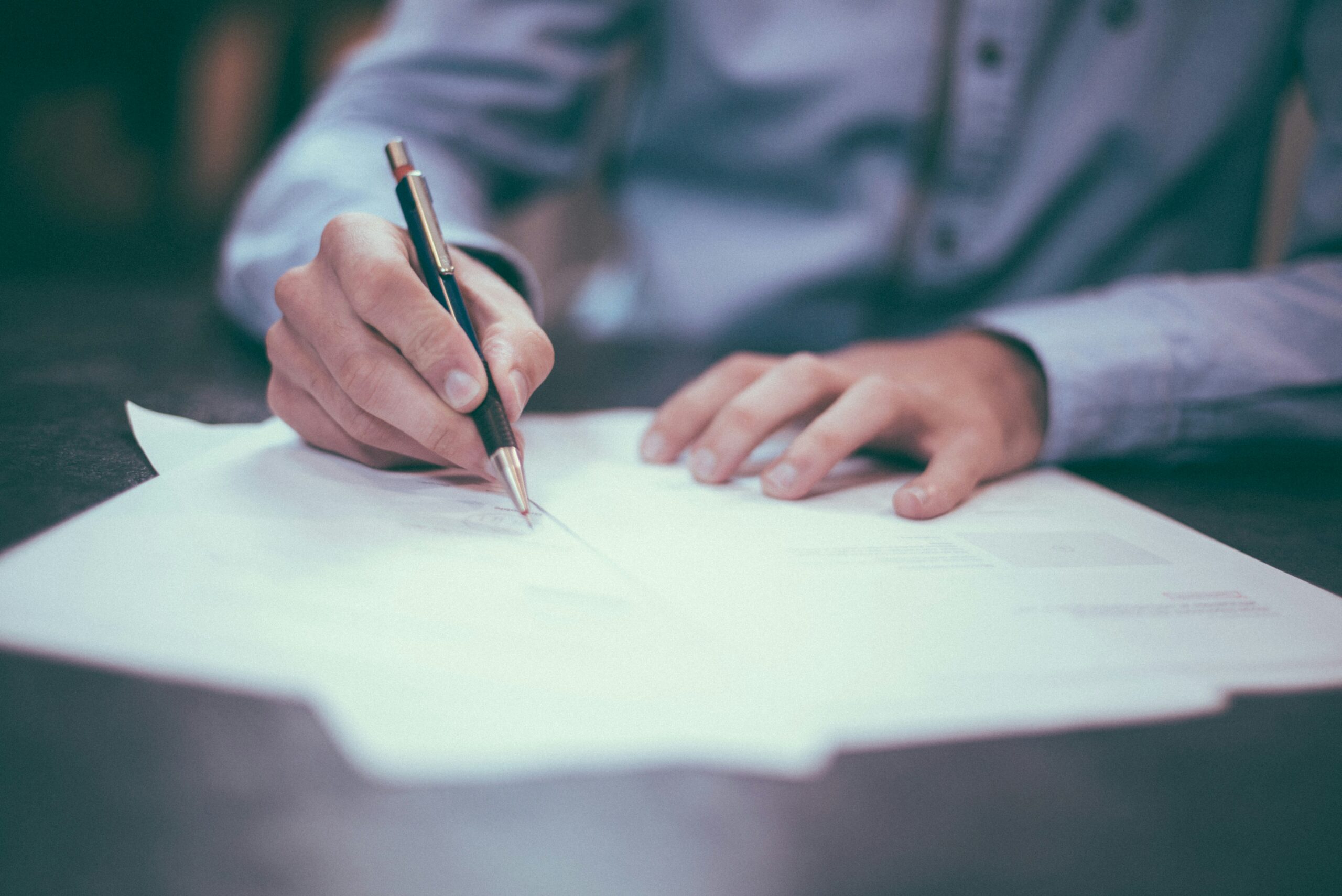Introduction
On February 23, 2020, countless people shared a quiet, restless moment: waking up at 4 a.m., staring into the darkness, unable to drift back to sleep. Insomnia, a silent epidemic, affects millions, turning nights into marathons of worry, frustration, and exhaustion. In this article, we dive into the heartfelt stories of insomniacs, exploring why their eyes snap open at 4 a.m. and how they navigate the challenges of sleeplessness. These are the voices of those who know the struggle all too well.
The 4 a.m. Wake-Up Call
For Sarah, a 34-year-old teacher, 4 a.m. became a nightly ritual. “It’s like my brain switches on, replaying every worry—work, bills, life,” she says. Her story echoes a common thread among insomniacs: the early-morning awakening, often tied to stress or anxiety. Studies from 2020 suggest that 1 in 4 adults experience insomnia symptoms, with early wake-ups being a hallmark. For Sarah, the stillness of 4 a.m. amplifies her racing thoughts, making sleep elusive. #insomniacs
The Weight of Sleeplessness
Insomnia isn’t just about lost sleep—it’s about lost energy, focus, and peace. Michael, a 42-year-old graphic designer, describes his 4 a.m. wake-ups as “a thief stealing my day before it starts.” By mid-morning, he’s battling fatigue, his creativity stifled. Research from the National Sleep Foundation in 2020 linked chronic insomnia to higher risks of depression and reduced productivity, with 75% of sufferers reporting daytime impairment. For Michael, each sleepless night chips away at his ability to thrive.
Why 4 a.m.?
Why does 4 a.m. haunt so many? Experts point to the body’s circadian rhythm, which dips in the early morning, making it a vulnerable time for wakefulness. For Lisa, a 29-year-old nurse, the stress of the 2020 pandemic intensified her insomnia. “I’d wake up at 4 a.m., thinking about my patients, the news, everything,” she shares. This period, marked by global uncertainty, saw a surge in insomnia cases, with a 2020 study reporting a 20% increase in sleep disturbances. The quiet of 4 a.m. became a stage for anxiety to take hold.
Coping in the Dark
Insomniacs find creative ways to cope. Sarah tried journaling at 4 a.m., pouring her worries onto paper to quiet her mind. Michael turned to meditation apps, finding solace in guided breathing. Others, like Lisa, adopted strict sleep hygiene—dim lights, no screens, a consistent bedtime. While these strategies help, they’re not cures. Cognitive Behavioral Therapy for Insomnia (CBT-I), recommended by sleep experts in 2020, proved effective for some, reducing wake-ups by retraining thought patterns. Yet, for many, the battle persists.
A Community in the Night
Online forums and social media became lifelines for insomniacs in 2020. On platforms like X, people shared their 4 a.m. stories, using hashtags like #insomniacs to connect. “Knowing I wasn’t alone made it bearable,” Lisa says. These virtual communities offered tips, empathy, and humor, turning sleepless nights into shared experiences. From warm milk to white noise machines, insomniacs swapped ideas, finding comfort in collective resilience.
Conclusion
Waking up at 4 a.m. again is more than a quirk—it’s a window into the lives of insomniacs navigating a world that never stops. On February 23, 2020, their stories painted a picture of struggle, but also hope. From Sarah’s journal to Michael’s meditation to Lisa’s community, these individuals remind us that even in the darkest hours, there’s strength in perseverance. If you’re awake at 4 a.m., you’re not alone—your story is part of a chorus, seeking rest and renewal.




